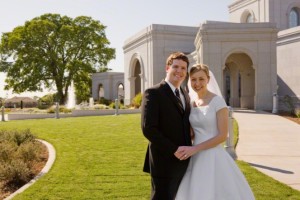Note: The parenthetical citations reflect the enumeration found in the Kindle eBook version of this volume
Mormonism has never been merely a set of philosophical tenets, alienated from the material world. It is a religion of the here, the now, a religion that collapses the space between man and the cosmos, between the other-worldly and the earthly, and above all, between human beings. “This is my work and my glory,” the Christ of Mormonism declares, “to bring to pass the immortality and eternal life of man.” The stated purpose of Mormon project is more practical than ideological. Its success, the God of Mormonism declared, depends not on the propagation of tenets but upon the salvation of souls.
In First Principles and Ordinances: The Fourth Article of Faith in Light of the Temple, Samuel M. Brown offers up a doctrinal exegesis of Joseph Smith’s fourth article of faith as stated in his 1842 letter to John Wentworth. Primary children the world over can recite the article by memory: “We believe that the first principles and ordinances of the gospel are: first, Faith in the Lord Jesus Christ; second, Repentance; third, Baptism by Immersion for the Remission of Sins; and fourth, Laying on of hands for the Gift of the Holy Ghost.” Primarily intended as a devotional text, the book could find a comfortable home in a church service, or a family home evening. [Read more…] about Book Review: “First Principles and Ordinances: The Fourth Article of Faith in Light of the Temple”



